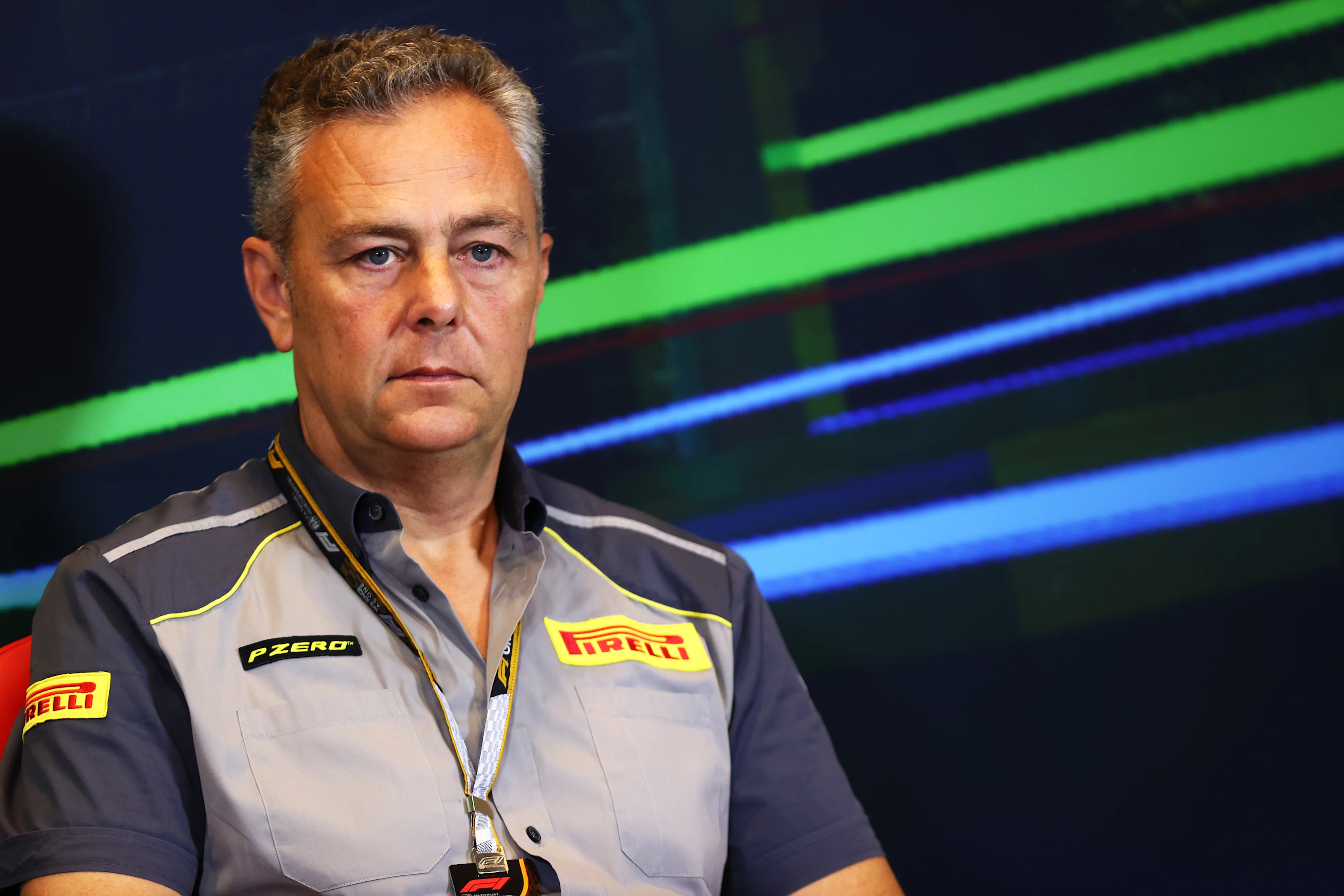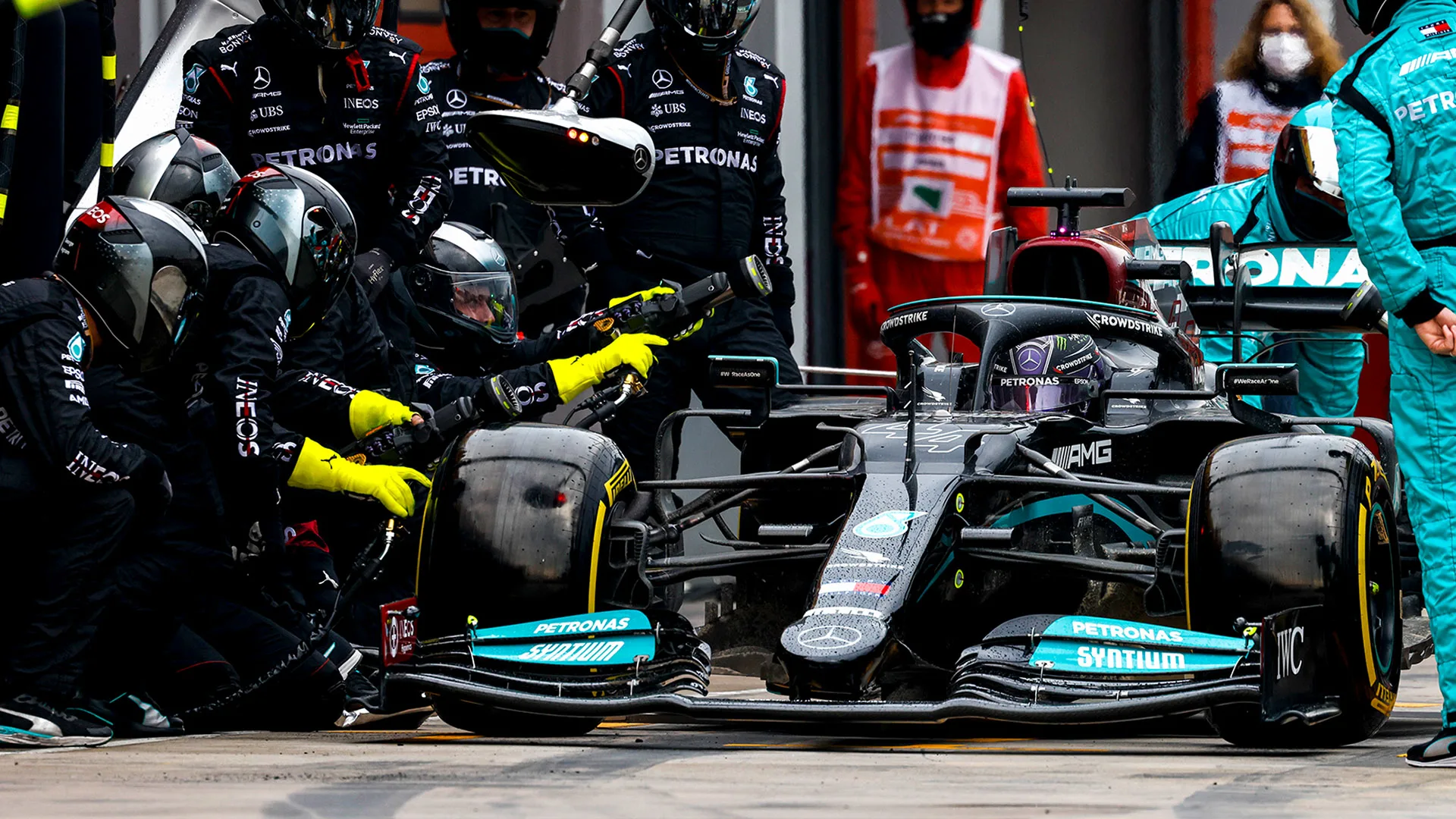
F1 Commission to debate mandatory two-stop races for 2026
Formula 1's leadership is formally considering a significant regulatory shake-up for 2026: mandating a minimum of two pitstops during every Grand Prix. The proposal, championed by F1 owner Liberty Media to improve the on-track "show," is set to be debated at the upcoming F1 Commission and Sporting Advisory Committee meetings.
The move comes in response to a growing trend of predictable one-stop races in 2025, a pattern solidified by Pirelli's highly durable tyres. Despite the tyre supplier's efforts to introduce strategic uncertainty---such as "skipping" compounds in the allocation for races like Austin---teams have consistently defaulted to conservative one-stop strategies, minimizing risk and, according to critics, excitement.
Mercedes driver George Russell recently summarized the frustration, describing F1 as "a race to Turn 1," after which low-degradation tyres and dirty air neutralize the competition.

The Pirelli dilemma
Pirelli's motorsport manager, Mario Isola, confirmed to Motorsport.com that the topic is under serious discussion. He acknowledged the conflict between team objectives and entertainment, noting that a two-stop race is likely "better for the show" by increasing unpredictability.
"Teams always maximise what they have, and that means they try to reduce the number of pitstops," Isola explained. "It makes sense because during a pitstop you can make a mistake and when you go back on track, you can get in traffic... Teams always try to minimise the number of pitstops because they don't care about the show."
However, Isola warned that a simple mandate is not a guaranteed solution. The central challenge lies in how such a rule would be written.
Two primary options are reportedly on the table:
-
Two stops, mandating three different compounds: this would force drivers to use the Soft, Medium, and Hard tyres in every race.
-
Two stops, no compound restrictions: this would remove the current rule that drivers must use two different slick compounds.
Isola expressed significant skepticism about the first option. He warned that adding more constraints could have the opposite of the intended effect, leading to all teams converging on the exact same strategy.
"We had some simulations from the teams... What we realised is that the majority of the teams were converging on the same strategy," Isola said, describing a scenario where all teams run identical stints. "So, when you put more constraints, the risk is that everyone is going in the same direction."
Instead, Isola suggested the second, old-school option could be "far more appealing." By mandating two stops but allowing total freedom of choice, teams could pursue divergent strategies. "You can do medium, medium, medium if you have the tyres," Isola proposed. "There are many combinations."

Mixed precedents and artificial racing
The debate is informed by two recent, and divisive, precedents.
The 2023 Qatar Grand Prix, which featured mandatory stops and a maximum stint length due to safety concerns over kerbs, is seen by Liberty Media as a partial success. It forced drivers to push flat-out without tyre management. However, critics note it also produced highly predictable racing, with the entire field pitting within the same few laps.
More critically, a mandatory two-stop rule was already trialed at the 2025 Monaco Grand Prix in an attempt to enliven the notoriously processional race. That experiment was widely panned as a "complete disaster," as teams used sacrificial strategies and a red flag period allowed most drivers to make one of their two required stops with no time loss, nullifying the strategic challenge.
Critics, including some team principals, argue that the proposal is an "artificial" fix for a deeper problem: Pirelli's conservative tyre philosophy. They contend the more natural solution is to mandate high-degradation tyres that organically require multiple stops, rather than forcing them via regulation.

The 2026 unknown
The final, and largest, complicating factor is the 2026 regulation change itself. The new rules will introduce completely new cars with active aerodynamics and lighter, narrower tyres, all designed specifically to reduce dirty air and improve on-track racing.
Pirelli, which is already testing these new 2026 tyres, remains open-minded but cautions against premature intervention. With the new cars intended to solve the very problem the pitstop rule targets, Isola stressed the need for collaboration to avoid unexpected consequences"
"We should consider that we have a good championship now," Isola concluded. "So don't take the risk to damage what we have."
